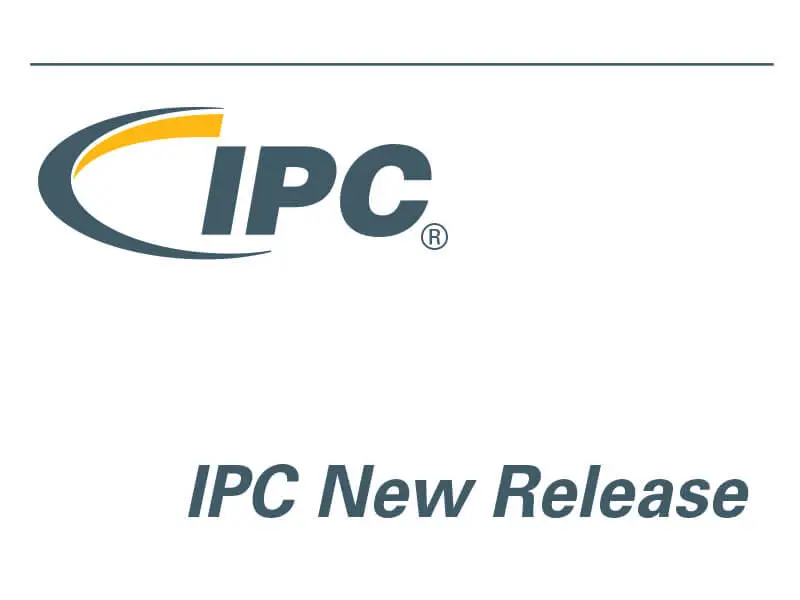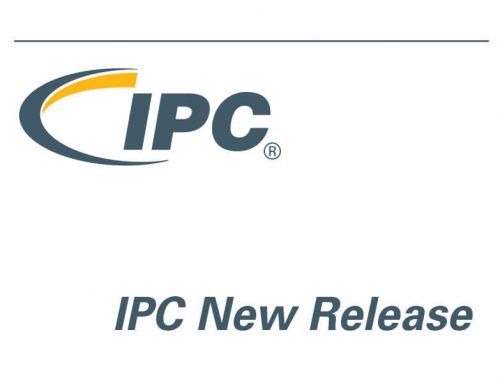The lack of a uniform component traceability standard has caused an unnecessary consumption of resources (e.g., time, people, money, etc.) to track events or parts to their sources and to remedy any quality, reliability, etc., issues. Lack of a standard has also made it difficult to uniformly create and appropriately enforce the necessary contracts. This IPC-1782 standard establishes minimum requirements for manufacturing and supply chain traceability based on perceived risk as agreed between user and supplier (AABUS). This standard applies to all products, processes, assemblies, parts, components, equipment used and other items as defined by users and suppliers in the manufacture of printed board assemblies, as well as, mechanical assembly. Number of pages 40. Released October 2016.
IPC-1782 Standard for Manufacturing and Supply Chain Traceability of Electronic Products
Scope
This standard establishes minimum requirements for manufacturing and supply chain traceability based on perceived risk as agreed between user and supplier (AABUS). This IPC-1782 standard applies to all products, processes, assemblies, parts, components,equipment used and other items as defined by users and suppliers in the manufacture of printed board assemblies, as well as mechanical assembly.Minimum requirements are based on four levels of traceability for materials and processes. These levels can correlate to the IPC Product Classification System (Class 1, Class 2 and Class 3) and/or another set of categories of compliance, based on the business model/economic needs of the end-use market for the final product (e.g., telecom, aerospace, automotive, medical device, consumer electronics, etc.) or a subassembly within that product.
1.1 Purpose Historically, the lack of a uniform component traceability standard has caused an unnecessary consumption of resources (e.g., time, people, money, etc.) to track events or parts to their sources and to remedy any quality, reliability, etc., issues. Lack of a standard has also made it difficult to uniformly create and appropriately enforce the necessary contracts.
The traceability information detailed in this standard is intended to improve operational efficiency and productivity, quality and reliability as well as to enable activities such as predictive maintenance in the manufacturing environment. This IPC-1782 standard can help organizations more easily ensure end users/consumers will receive products and services that meet or exceed their expectations in the timeliest and most economically viable method.
This standard can also aid in reducing counterfeit components in an organization’s supply chain, whether using an authorized supplier or not.
1.2 About This Standard and the Concept of Traceability Traceability has grown from being a specialized need for safety-critical segments of industry to a recognized tool that adds value to industry as a whole. Disparate standards that have evolved, mainly dictated by large OEMs, can create confusion in the market, as a multitude of requirements and definitions proliferate. The intent of this standard is to bring the whole principle of traceability up to date. Traceability, as further described in this standard, represents the most effective quality tool available, which can become an intrinsic part of bestpractice operations. This is accomplished with the encouragement of automated data collection from systems already integrating quality, manufacturing, engineering and supply chain, thus reducing cost of ownership and ensuring timeliness and accuracy.
The wealth of analysis data accessible from traceability can yield information that can raise expectations of very significant quality and performance improvements, as well as provide the necessary protection against the costs in the market as a result of adverse issues.
This standard creates a flexible data architecture that can be adopted to represent all levels of traceability that are required across industry. This includes support for the most demanding instances for detail and integrity (e.g., critical-safety systems) through to situations in which only basic traceability may be needed (e.g., simple consumer products). This standard presents a cellular-based structure so as to provide required flexibility and to create an efficient format in which unnecessary duplication of data is avoided. The format also allows data to be added after the completion of production, enabling further detail to be added as it becomes available.
Throughout the design of this standard, different key usage models of traceability were considered. It is written to explain how access to critical data, when needed to identify the exact scope of any market issues, can be ensured, while also being capable of providing ‘‘live’’ access to detailed product-build records for advanced quality analysis.
This standard also demonstrates the benefits of best-practice data collection through automated means. This is reflected in the definitions of the different levels of traceability.
Preview the IPC-1782 table of contents .pdf file.
Developed by the Critical Components Traceability Task Group (2-19A) of the Electronic Product Data Description Committee (2-10) of IPC. Users of this publication are encouraged to participate in the development of future revisions.


